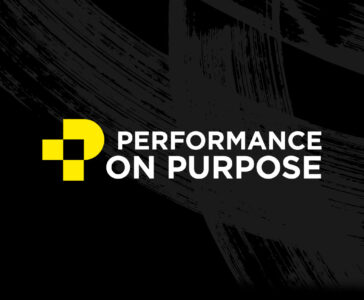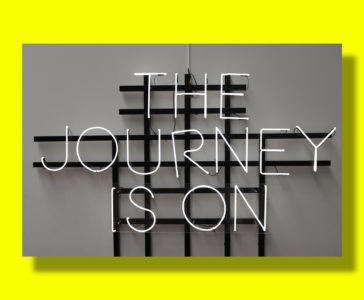At a recent industryREdesign™ workshop, a cross-discipline, multi-generational group of AEC firm leaders, and legal experts, imagined what a contract would be like if it were designed to inspire collaboration, cooperation and creativity. What the exercise revealed were some simple ideas that could be integrated into contracts now, and radical shifts in how we think about the nature of contracts.
What could be included in contracts now?
All in this together
Parameters for how the teams work together, acknowledge and overcome mistakes, and the defined scope of the deliverable should be established with the involvement of all members of the team especially the owner and subcontractors who are often left out. The document created and agreed to by all parties should be maintained in one central place everyone has access to.
Owners having a vital role
The owner needs to include not only who is funding the project but represent those who will occupy or make use of it. The owner(s) need to insist in the effective, ongoing communication of everyone involved.
Knowing how the money flows
There should be no mystery about how the project is funded, and how the money flows to all the players and when. There should be financial and other incentives to deliver beyond what’s been expected that benefits everyone. (Improve quality/shorten time/lower cost/eliminate waste)
Relationships first/process second
There should be opportunities for the teams to bond and socialize to create healthy relationships right from the start. And mandated face-to-face interactions at key junctures in the project. Spontaneous conversations interactions should be encouraged, as long as any decisions are documented and agreed to by those they effect.
The power to change and adapt
If through the course of executing the project, either unexpected constraints present themselves or welcomed discoveries are surfaced, the team can override any previous agreements if it is in the best interest of the project. (To be determined through all-team discussion)
Information generously shared
There should be no boundaries that limit access to needed information. In addition, expectations on the timeliness and thoroughness of the requests for information should be agreed to in advance.
What if we looked at contracts in a whole new way?
What if we had two distinct “Contracts”. One would be an agreement on “scope” (A defined scope for the deliverable). And the other would be an “operating agreement” that would lay out the principals and the ways-and-means for how the team will conduct themselves and hold each other accountable to deliver on the “scope”.
The real twist being that the operating agreement would be created post “scope” approval as a real-time collaborative effort among all stakeholders involved. Provisions in that agreement would allow for the inevitable “didn’t see that coming” need to adapt, and as-needed revisions of the agreement as the real dynamics of the project play out over time. It would also mandate that all stakeholders come together to check-in on how the team is operating and to ensure everyone being provided what they need to be successful. Incentives could also be awarded for “good sportsmanship”. In fact, the six key themes identified through this exercise could serve as the foundation to create such an operating agreement.
About IndustryREdesign™
IndustryREdesign is an exclusive series of workshops that uses a cross-industry, cross-generational approach to creating solutions for our industries greatest challenges.
This article has been featured in High Profile Magazine
Want more from Fathom?
Sign up to receive updates about our articles.


